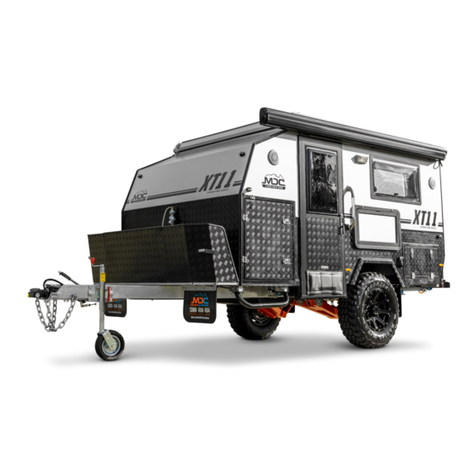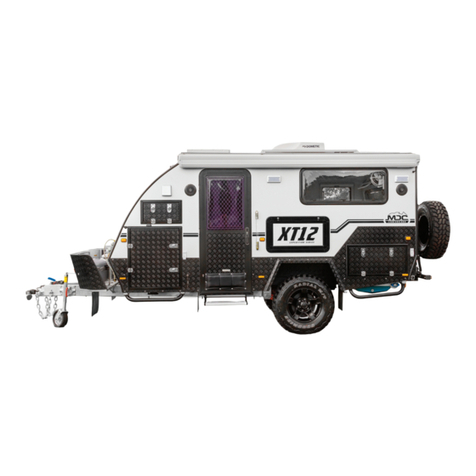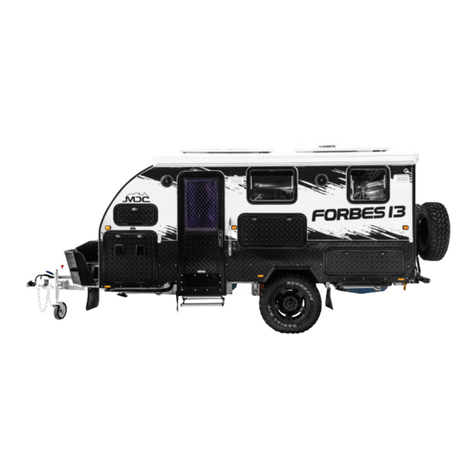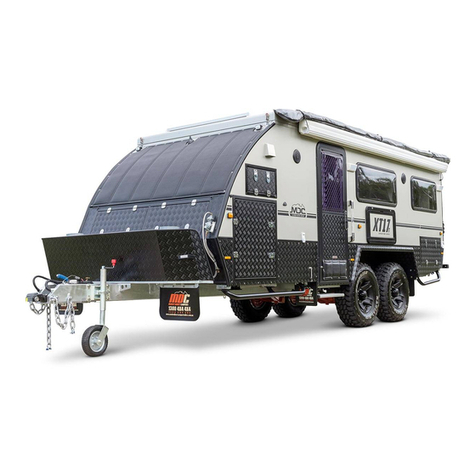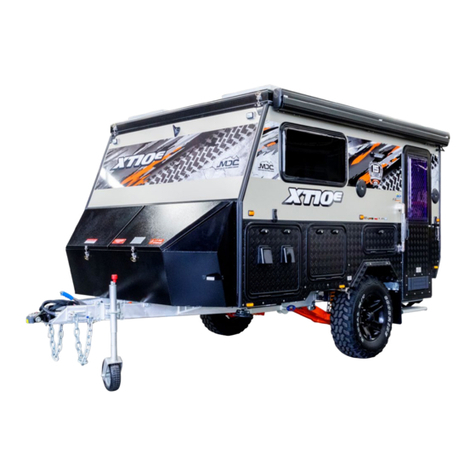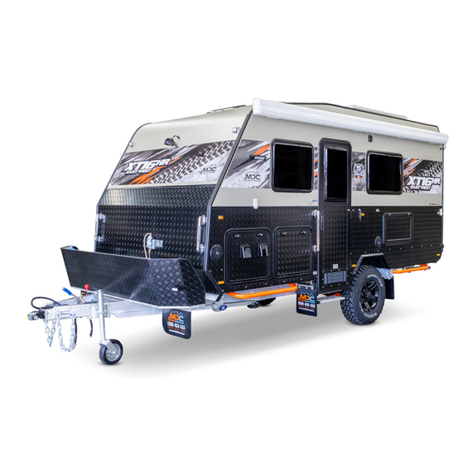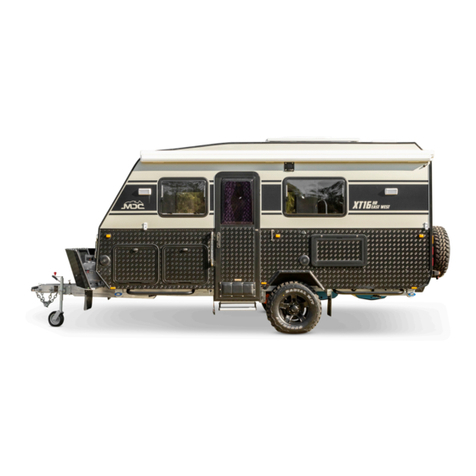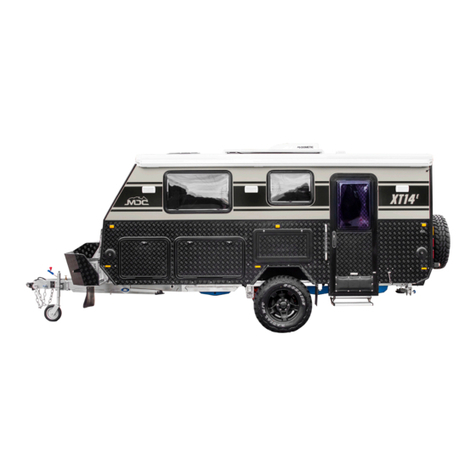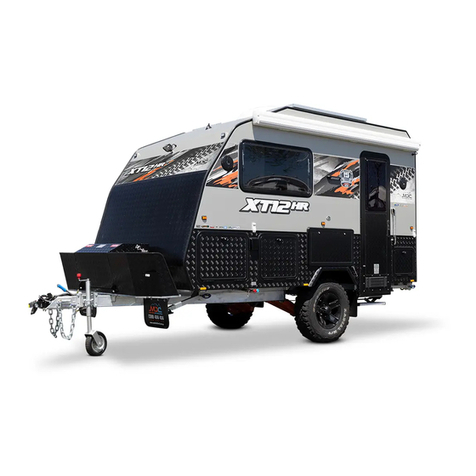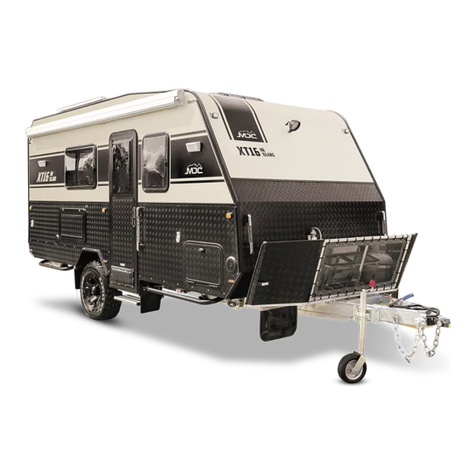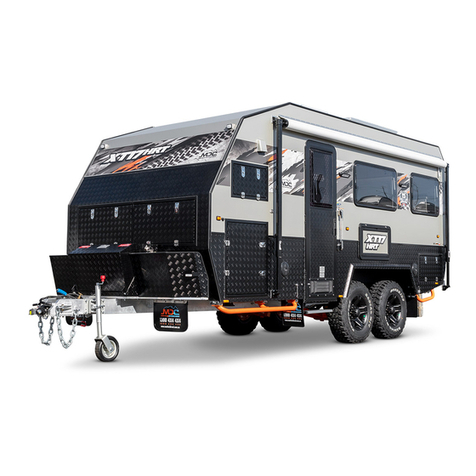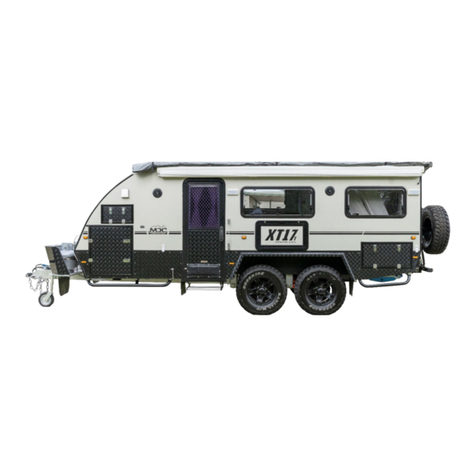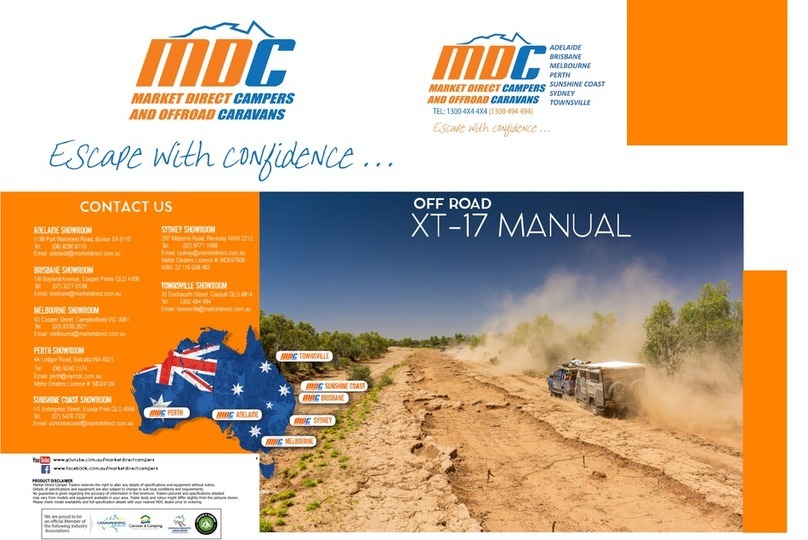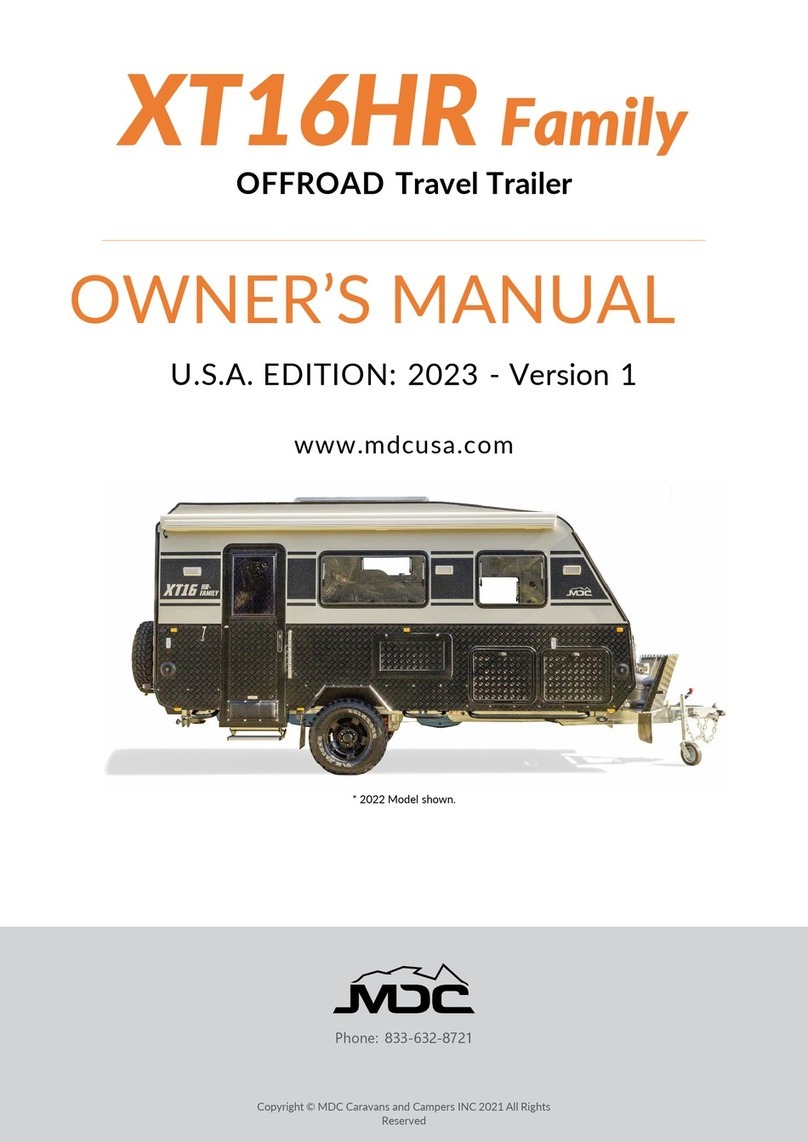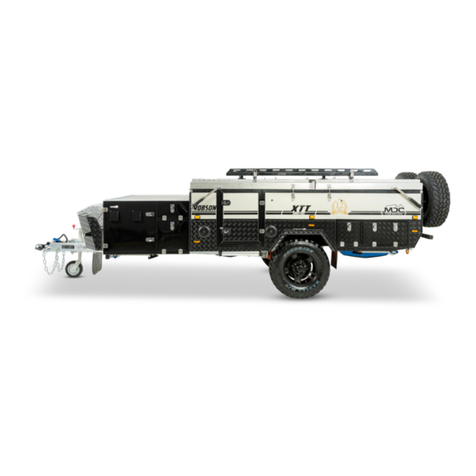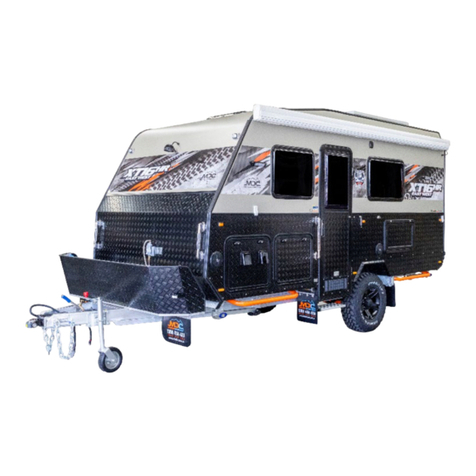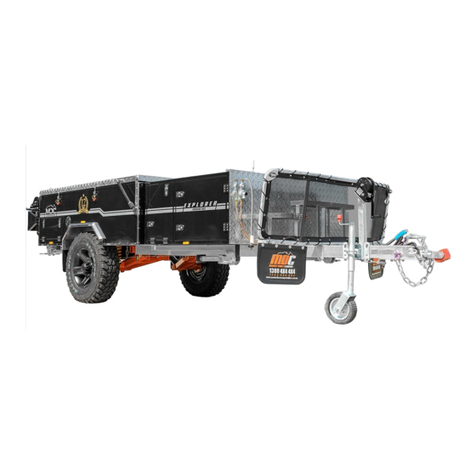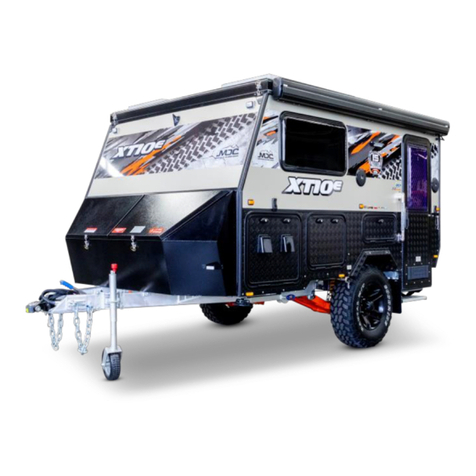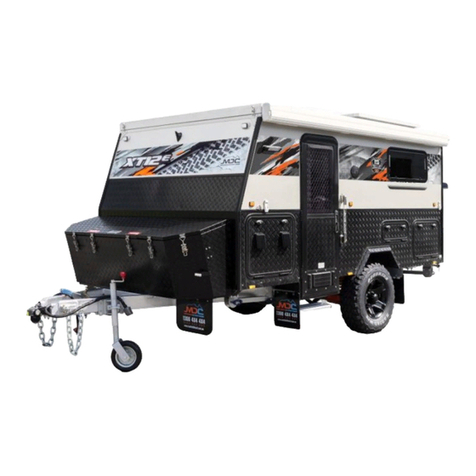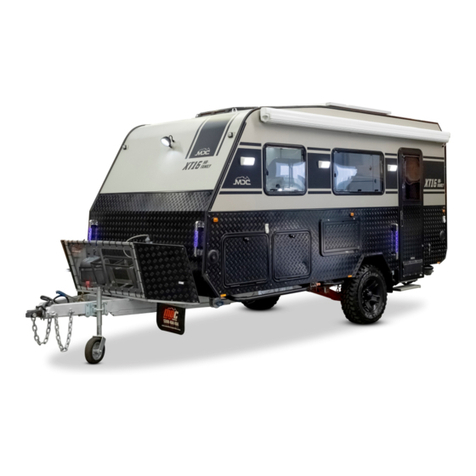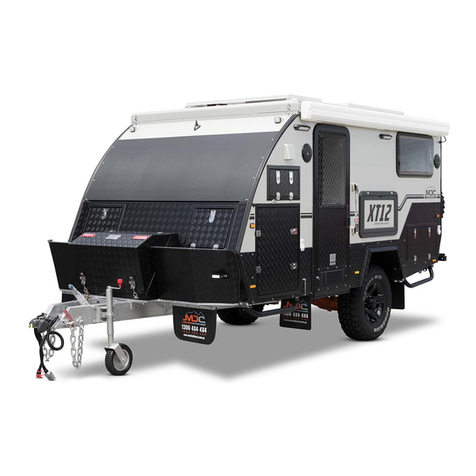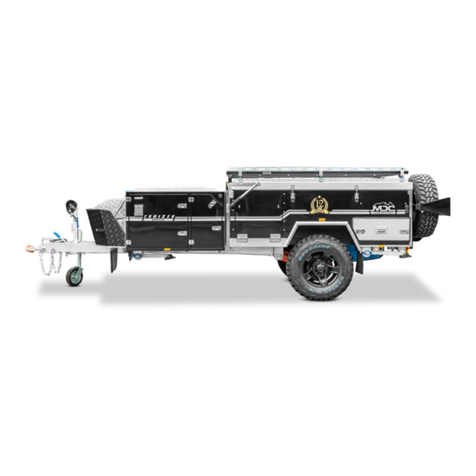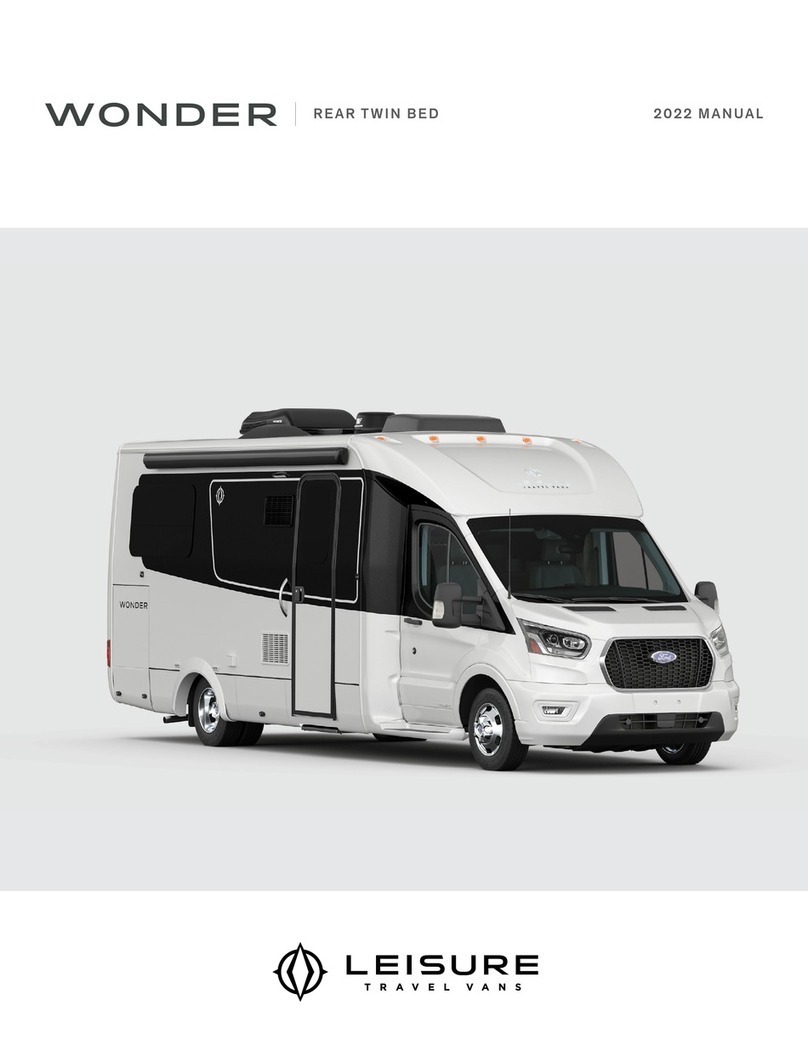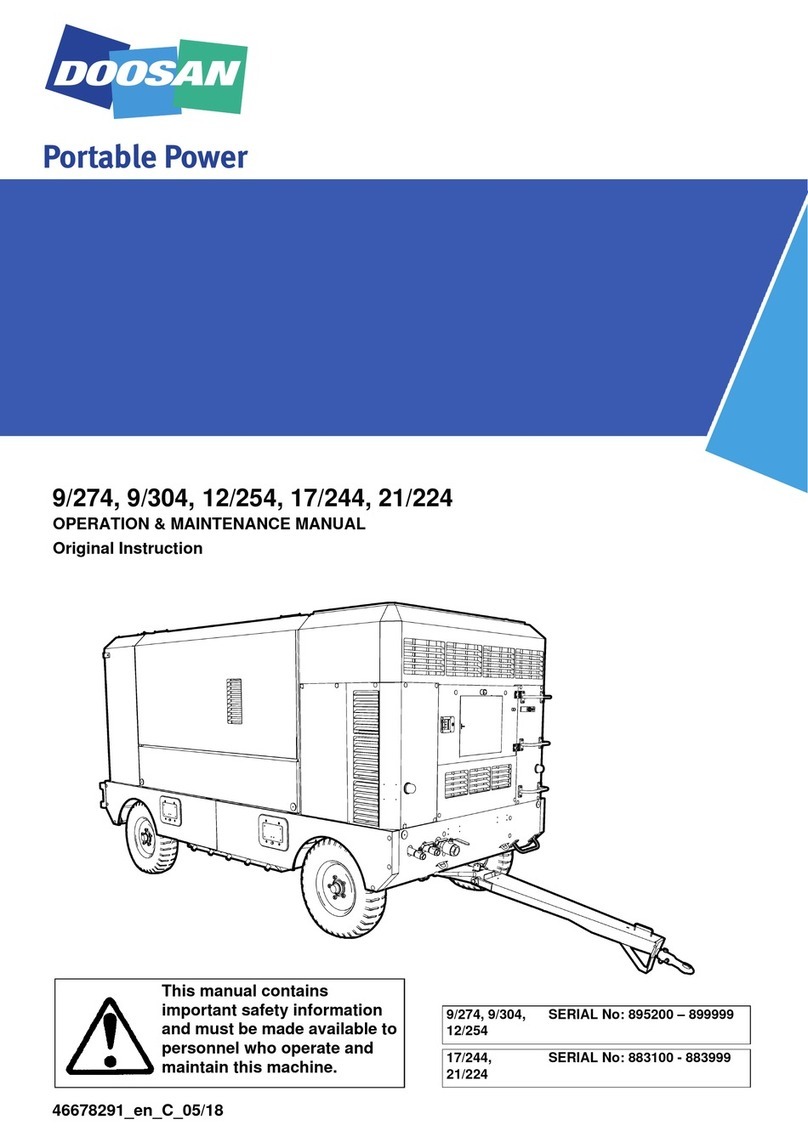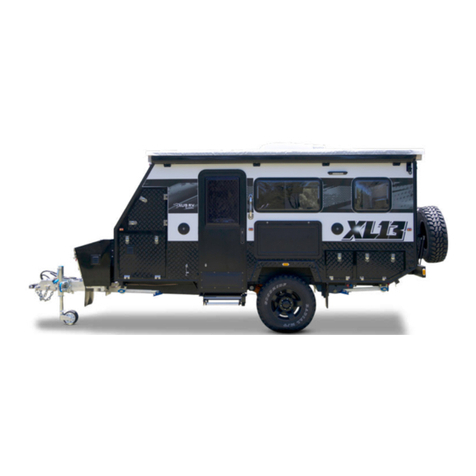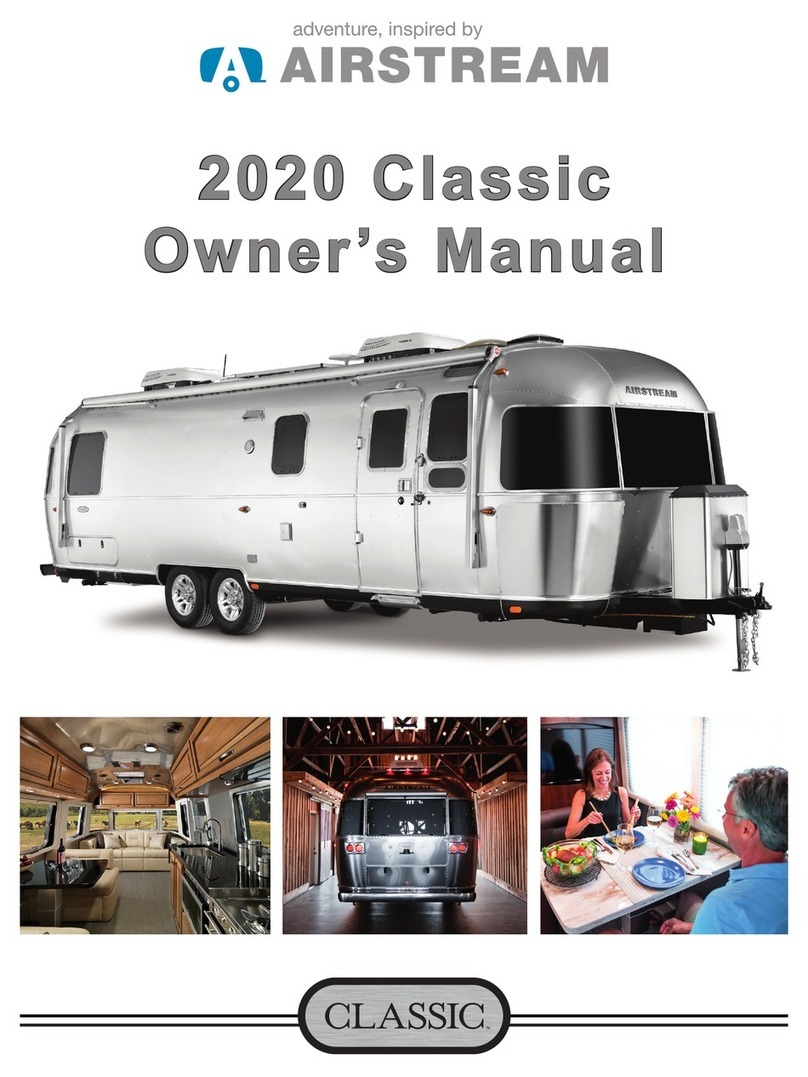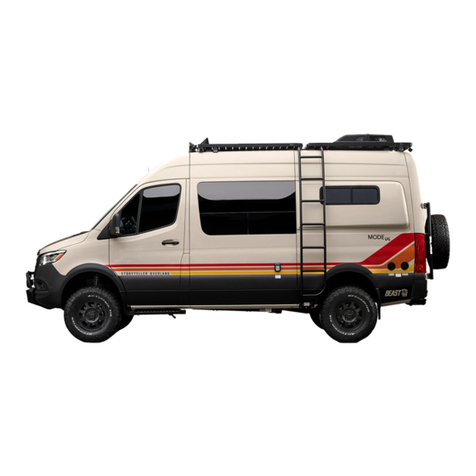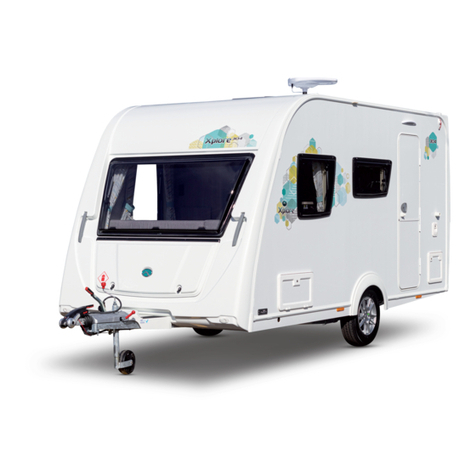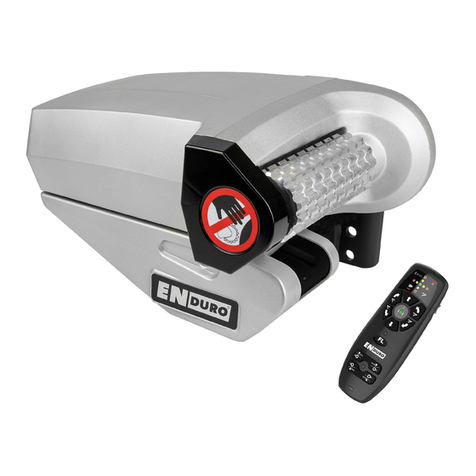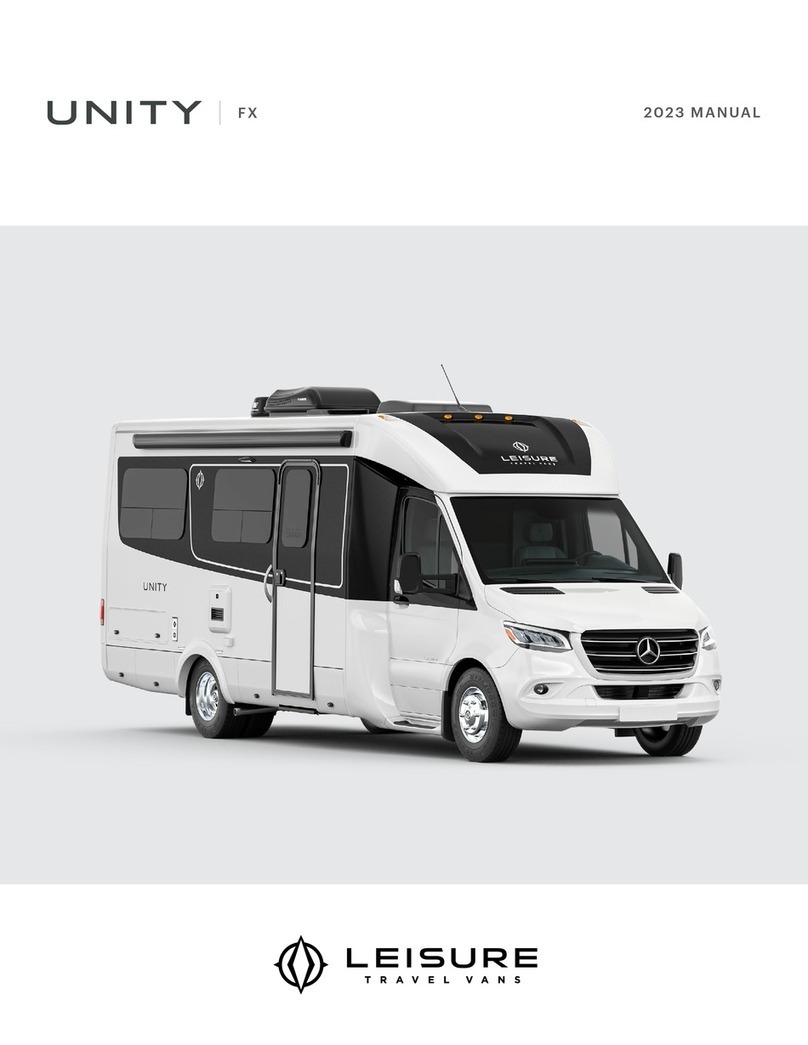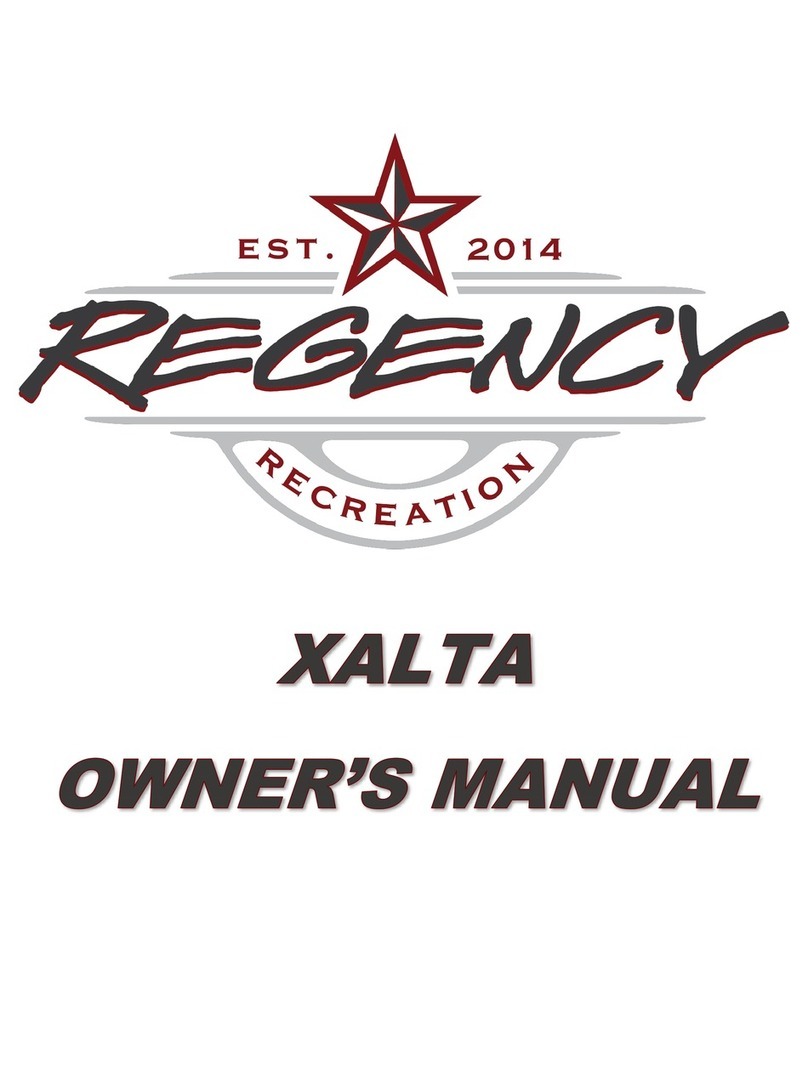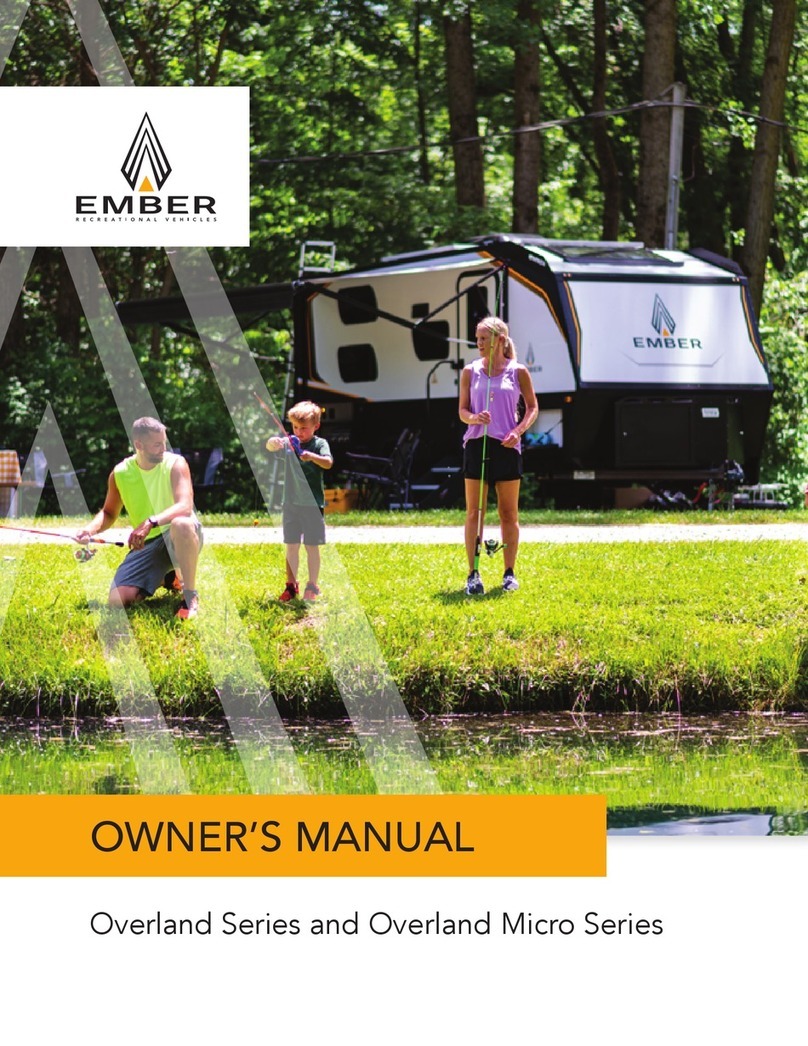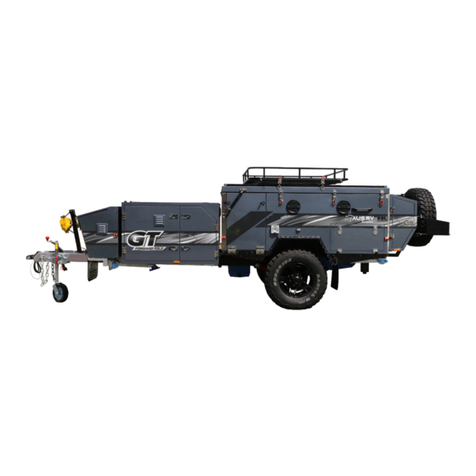
4 |Page www.mdcusa.com
Ph: 833-632-8721
Page | 4
Table of Contents
Modifications to The Product........................................ 3
Gas Systems .............................................................3
Chassis.......................................................................3
General Safety Information............................................6
Safety Alert Symbols and Signal Words ...................... 6
Reporting Safety Defects ............................................... 7
Tow vehicle and Trailer Compatibility ......................... 7
Terminology & Abbreviations ...................................... 8
Secondary Escape ............................................................ 9
Using the secondary Escape .................................9
Fire ....................................................................................10
Ventilation .......................................................................10
Precautions......................................................................10
Combustible Materials ..................................................10
Fire Extinguisher ............................................................10
In Case Of Fire................................................................10
Achieving a Safe Towing Combination......................11
Trailer Tire Pressures.....................................................11
Tow Vehicle Tire Pressures..........................................11
Ball (Coupling) Weight ..................................................12
Load Placement ..............................................................12
Trailer Level.....................................................................12
Hitch Movement ............................................................13
Vehicle Squat ..................................................................13
Maximum Weight Limits...............................................14
GVWR (Gross Vehicle Weight Rating)..............14
Vehicle GVW (Gross Vehicle Weight Rating) ..14
Axle Load ................................................................14
GCWR (Gross Combination Weight Rating) ....15
Summary ..........................................................................15
Tire Safety Information.................................................16
Steps for Determining Correct Load Limit – Trailer16
Trailers 10,000 Pounds GVWR or Less ............16
Steps for Determining Load Limit – TOW VEHICLE
...........................................................................................16
Tire Safety – Everything Rides on it...........................17
Safety First – Basic Tire Maintenance ..............17
Finding Your Vehicles Recommended Tire
Pressure and Load Limit.......................................17
Understanding Tire Pressure and Load Limits.17
Checking Tire Pressure ........................................18
Steps for Maintaining Proper Tire Pressure.....18
Tire Size...................................................................18
Tire Tread................................................................18
Tire balance and wheel alignment .....................18
Tire repair................................................................19
Tire fundamentals .................................................19
Information on Passenger Vehicle Tires...........19
Treadwear Number UTQGS Information.........20
Additional Information on Light Truck Tires....21
Tire Safety Tips......................................................21
Propane Safety ...............................................................22
Gas Certification ............................................................22
General Safety ................................................................22
Propane Cylinder Safety...............................................23
Gas Appliance Safety.....................................................24
Removing Door Vent Cover.........................................24
Isolating Appliances .......................................................24
Electrical Safety............................................................. 25
Shore Power....................................................................25
GFI Safety Switch...........................................................25
Battery Compartment ...................................................25
Brake Controller ................................................... 26
Jacking Your Trailer .......................................................26
Dangerous Gases ...........................................................27
MDC Contact Details and Stores................................28
Using Your Trailer ......................................................... 29
Opening and Closing the Roof ....................................29
Opening the Roof................................................. 29
Closing the Roof ................................................... 29
Connecting to the Tow Vehicle...................................30
Towing with Trucks and Buses.......................... 30
Connecting the Hitch........................................... 31
Connecting Wiring ............................................... 36
Connecting the Safety Chains............................ 36
Connecting the Breakaway ................................ 37
Loading Your Trailer ......................................................38
Pre-Trip Inspection ........................................................38
Operating Trailer Features ...........................................39
Stabilizer Legs........................................................ 39
Connecting Shore Power .................................... 39
Using the Slide Out Kitchen............................... 40
12 Volt Electrical System..............................................41
Control Panel......................................................... 41
Button Battery Warning! ..............................................41
Towing Your Trailer ...................................................... 42
Speed and Road Conditions.........................................42
Trailer Sway.....................................................................42
Fatigue..............................................................................42
Daily Checks....................................................................42
Correct Wiring of Tow Vehicle....................................43
Trail-Assure™ Electronic Stability Control System. 44
Choosing a Camp Site ...................................................48
Inclement Weather .............................................. 48
Care and Maintenance of the Trailer ........................ 49
Protection of Finishes ...................................................49
Corrosion Protection ........................................... 49
Solar Panels............................................................ 49
Sealants .................................................................. 49
Canopy Lifting Mechanism (Pop Tops Only)... 50
Roof Skirt Elastic Cord......................................... 50
Trailer Body Maintenance ........................................... 51
Winterizing the Trailer ..................................................51
Water Heater Bypass Installed.......................... 51
Water Heater Bypass Not Installed.................. 51
Post Winter .....................................................................51
Winter Storage ...............................................................51
